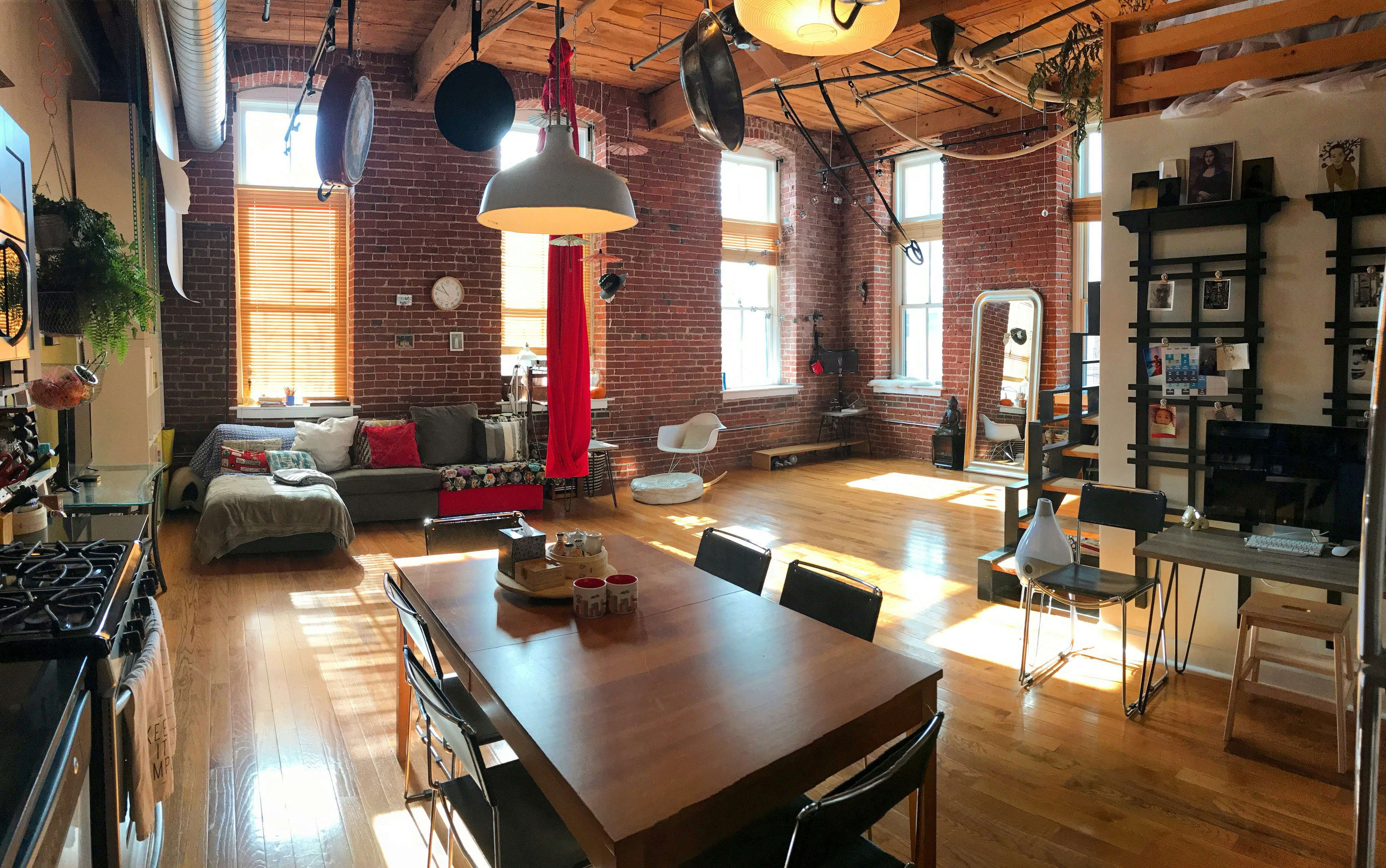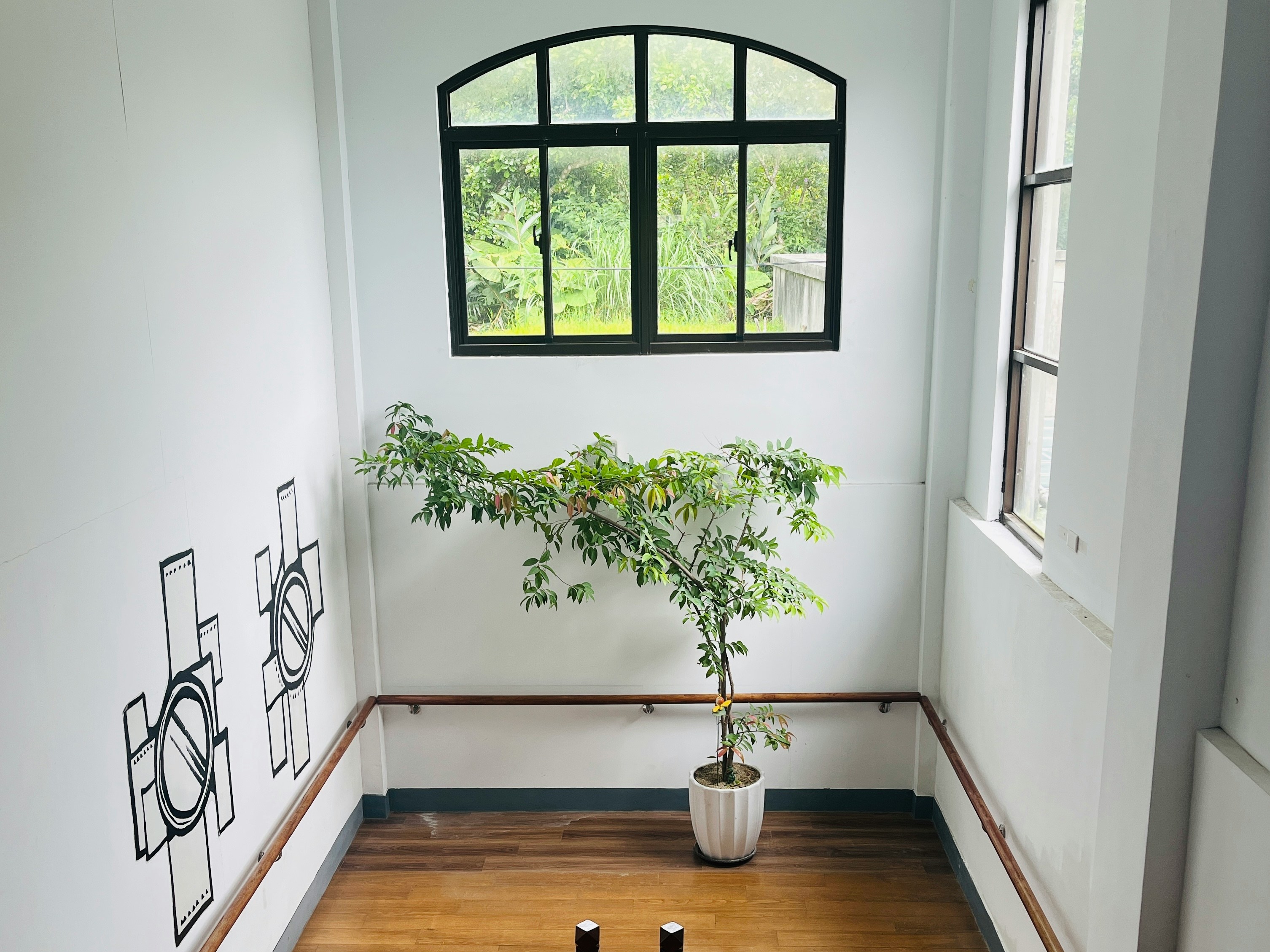Reinvesting In Established Neighbourhoods
When people say infill development, what do they mean? As one of the largest infill developers in Winnipeg, that’s a question Paragon Design Build gets quite often.
Infill development refers to developing (building on) vacant or under-used properties in well-developed parts of cities. Usually, infill development refers to the process in established neighbourhoods of either building on vacant lots or tearing down older buildings to make room for new ones.
It’s a sign of a healthy neighbourhood when individuals want to invest in building new homes and apartment buildings.
Replacing Older, Decaying Housing
In Winnipeg, for example, you can see many examples of older houses being replaced with new single family homes or duplexes. Older apartment buildings also come down to make way for new ones. Many of the homes that were built during Winnipeg’s boom of the early 20th Century were not intended to stand for a century.


While most of those homes remain in good repair thanks to ongoing renovations by homeowners, a significant number have deteriorated due to age and are likely not good candidates for renovation. In these cases, it is better for the neighbourhood if someone can responsibly replace the decaying structure with something new. It helps maintain property values of the surrounding homes and helps ensure the neighbourhood remains vibrant.
Consultation & Design
“We approach infill projects with the goal of both fitting into the surrounding neighbourhood and leaving it in a better condition overall,” says Nigel Furgus, president of Paragon Design Build, which has built hundreds of single family homes, duplexes and apartment buildings in the city.
“We’re investing in the neighbourhood and we want to be good neighbours. For that reason, we’ve developed a pretty extensive consultation and design process that produces attractive new builds that fit into their environment,” he said.
Ideally, cities should try not to treat infill development in a piecemeal way. It is an important part of the ongoing renewal that all cities must go through, whether they’re talking about building on empty lots or demolishing older structures.
OurWinnipeg, A 25-Year Plan
The City of Winnipeg follows an extensive guide to urban development called OurWinnipeg, which was adopted by city council in 2011. OurWinnipeg sets out a 25-year vision for the city, governing all kinds of development and infrastructure.
“Beyond providing a “City that Works” and planning for sustainability, our city needs to offer a high quality of life in order to be competitive. Three important aspects of quality of life are access to opportunity, the maintenance of vital, healthy neighbourhoods, and being a creative city with vibrant arts and culture. All of these areas include social aspects that are critical to the overall well-being of our city.” – page 3, OurWinnipeg
Maintaining Vital Neighbourhoods
Infill development is one of the best ways to maintain the vitality of established neighbourhoods. OurWinnipeg calls for the city to encourage higher density infill development in places like downtown and Osborne Village. It calls for a mix of low and medium density infill in other areas that are anchored by existing or new commercial development – such as in the Grant Park area, or along Pembina Highway, Academy Road, Provencher Blvd and St. Mary’s Road.
Good infill helps cities avoid the ‘hollowing out’ syndrome that so many American cities experienced in the last few decades. That is where old neighbourhoods continuously lose population, amenities and economic value until they’re completely undesirable.
Reducing Tax Burden
Established neighbourhoods such as River Heights, Crescentwood, St. Boniface and Fort Garry all have infrastructure (roads, parks, sewers, hydro and water) that can handle much larger populations. In fact, those neighbourhoods used to support much larger populations. More people tended to live in those older homes when families were larger. Infill makes more efficient use of these municipal investments.
Instead of building roads and sewer lines to a new neighbourhood, infill lets us make use of the ones we already have. This reduces the tax burden on our city.
Dealing With Controversy
Infill development has run into some controversy in Winnipeg too. Some people criticize the sometimes boxy homes that have sprung up in older areas. They feel the contemporary architecture changes the nature of their neighbourhoods. Others also criticize the practice of splitting lots to make room for two homes where one used to stand.
“There have been some mistakes that have led to hard feelings in some parts of the city,” said Furgus. “I think a lot of that can be avoided by being sensitive to neighbourhood feelings about design. We developers also have a responsibility to keep clean work sites and minimize the disruption to the surrounding properties.”
Increased Density Is A Positive
The increased density that comes from lot splitting is most often a positive though, says Furgus. “Property values almost always rise after good infill projects and increasing the number of people living in the area means stronger local businesses and more city services like parks and pools and community centres.” It also helps keep local schools strong through higher enrollment.
If you’re looking for information on how Paragon approaches infill development, we would love to talk to you. Please contact us here.







